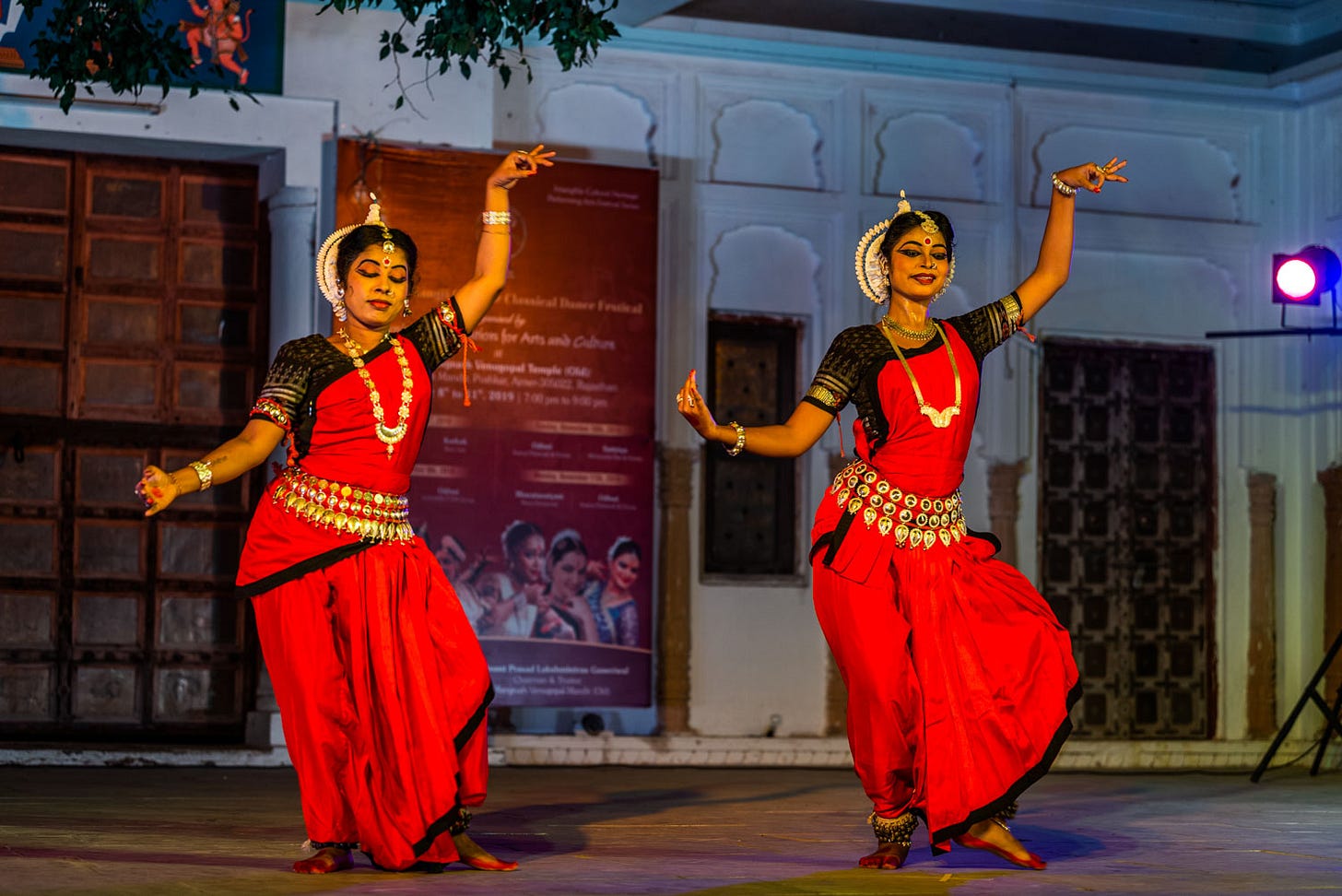How to Photograph Fast-Moving Subjects Like Sports and Dance
Master the Art of Capturing Motion with Sharpness, Emotion, and Precision
Photographing fast-moving subjects—whether it's an athlete in full sprint or a dancer mid-leap—requires a unique blend of timing, technical skill, and anticipation. These dynamic moments are fleeting, yet when captured correctly, they can convey energy, emotion, grace, and impact.
In this blog, I’ll share everything you need to know about photographing fast-paced action, from ideal camera settings and autofocus techniques to lens choices and creative composition tips, helping you freeze the perfect moment with professional quality.
🏃♂️ Why It’s Challenging—And Rewarding
Fast-moving subjects challenge both your reflexes and your camera’s responsiveness. You’re often dealing with:
Rapid, unpredictable movement
Variable lighting conditions (especially indoors)
A need for precise timing and focus
The pressure to tell a story in a split second
But when you get it right, the payoff is huge. You freeze the moment in time—a powerful kick, a mid-air twist, an expression of intensity or joy—transforming motion into art.
⚙️ Essential Camera Settings for Action Photography
🔧 1. Shutter Speed: 1/1000 sec or Faster
The single most important setting. To freeze motion:
Sports: Use 1/1000 sec for general action, 1/2000–1/4000 sec for very fast motion (e.g., sprinting, football, gymnastics).
Dance: Depending on lighting and movement, 1/500–1/1000 sec often works well to freeze graceful motion without blur.
💡 Pro Tip: Use Shutter Priority (Tv/S mode) if you want to control motion and let the camera adjust aperture.
📸 2. Aperture: Wide Enough for Light, Narrow Enough for Depth
Use f/2.8–f/5.6 to balance light and background separation.
A wider aperture (like f/2.8) gives you faster shutter speeds and subject isolation but a shallower depth of field.
Narrower apertures (f/5.6 or f/8) may be needed for group action shots to keep more elements in focus.
🌙 3. ISO: Adjust to Support Fast Shutter Speeds
Outdoor daylight: ISO 100–400
Indoor/dim light: ISO 800–3200 or higher (modern cameras handle high ISO very well)
💡 Don’t fear ISO. Better to have a grainy sharp image than a clean blurry one.
🧠 4. Autofocus Mode: Continuous (AI Servo / AF-C)
This mode tracks moving subjects and keeps adjusting focus as they move across the frame.
Combine with Back-Button Focus for greater control.
Use single-point AF to track a specific athlete or dancer precisely.
🎯 5. Drive Mode: High-Speed Burst / Continuous Shooting
Shoot multiple frames per second (fps) to increase your chances of capturing that perfect moment mid-motion.
Use RAW format to preserve detail and dynamic range for later editing.
🔭 Recommended Gear
✅ Lenses:
70–200mm f/2.8: Industry standard for sports and stage performance
85mm or 135mm prime: Great for indoor dance performances
24–70mm or 24–105mm: Versatile for closer, wider angles
Fast prime lenses (f/1.8 or f/2): Excellent for low-light dance stages
✅ Accessories:
Monopod: Ideal for sports—mobility + support
Tripod: Useful for stage photography from fixed positions
Extra memory cards & batteries: High-speed shooting consumes both quickly
🧠 Composition & Creative Tips
🎯 1. Anticipate the Action
Know your subject. Study the sport or dance routine. Anticipate when the peak moment is likely to happen (a jump, a shot, a spin).
🎯 2. Focus on Emotion and Expression
A clenched fist, a joyful leap, an intense gaze—all of these tell a powerful story. Don’t just focus on action—capture emotion.
🎯 3. Use Panning for Motion Blur
For a sense of speed, use a slightly slower shutter (1/60–1/125 sec) and pan with the subject. This blurs the background while keeping the subject sharp.
🎯 4. Watch the Background
Avoid clutter or distractions. Use wide apertures to blur the background and keep the subject isolated.
🎯 5. Frame Loosely
Leave space for motion—especially in the direction the subject is moving. Cropping can be done later.
🚫 Common Mistakes to Avoid
Shutter speed too slow → Blurry subjects
Auto mode → Inconsistent results and lack of control
Not pre-focusing → Missed moments
Overzooming → Cutting off limbs or crowding the frame
Shooting too early or late → Missing the peak of action
🧩 Quick-Reference Settings Recap
Setting Sports Dance/Performance
Shutter Speed 1/1000 – 1/4000 sec 1/500 – 1/1000 sec
Aperture f/2.8 – f/5.6 f/2.8 – f/4 (for low light)
ISO 100–800 (day), up to 3200 800–3200 depending on light
Autofocus Mode AI Servo / AF-C AI Servo / AF-C
Drive Mode High-Speed Burst High-Speed Burst
Focus Point Single-point AF Single-point or zone
🌟 Final Thoughts
Photographing sports and dance is about more than freezing motion—it’s about freezing emotion, tension, timing, and grace.
Practice makes perfect. Study the activity, learn your camera inside-out, and train your instincts. When everything aligns—your preparation, your vision, and that split-second of action—you’ll capture a frame that tells a full story in a single moment.
🚀 Join My Photography Community!
Want to sharpen your skills in photographing motion, light, and human expression?
Become part of my exclusive photography community, where I share:
📚 Step-by-step tutorials
🎥 Live classes & critiques
🏃 Real-world assignments
🤝 Creative support and feedback
👉 Subscribe today and start capturing action like a pro. Let’s freeze moments that move people. 📸✨





